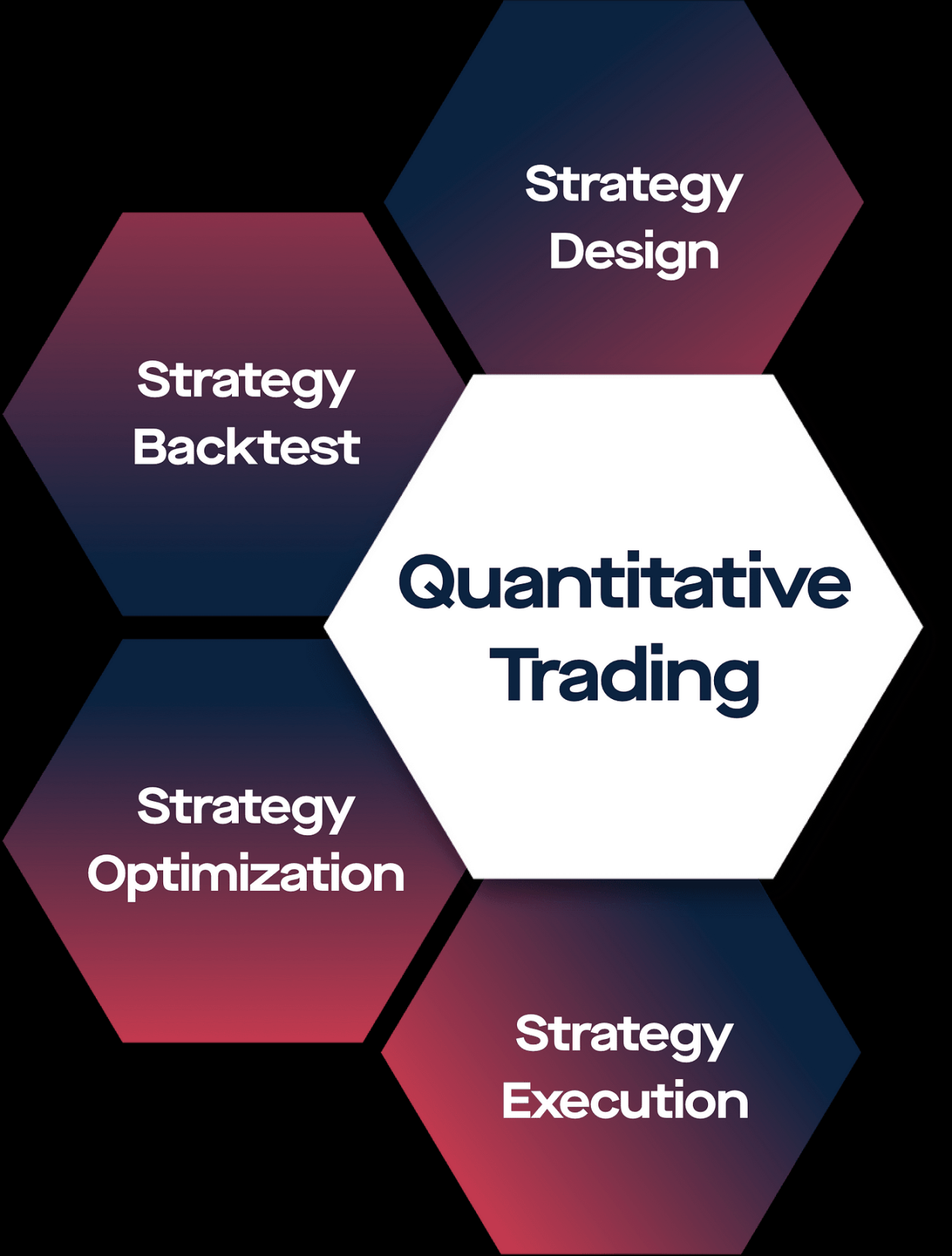Quantitative Trading Models: A Comprehensive Guide
Meta Description
Delve into the world of quantitative trading models, exploring their definition, mechanisms, applications, and potential solutions. Gain insights into the role of data, algorithms, and risk management in this data-driven investment strategy.

Meta Keywords
Quantitative trading models, algorithmic trading, data-driven investing, risk management, investment strategies, financial markets
Introduction
In the dynamic realm of finance, quantitative trading models have emerged as powerful tools for navigating the complexities of the market. These sophisticated systems leverage the prowess of mathematics, statistics, and computer science to identify patterns, predict trends, and execute trades with precision. By employing algorithms and data analysis, quantitative trading models aim to systematically exploit market inefficiencies and generate superior returns.
Understanding Quantitative Trading Models
At their core, quantitative trading models encapsulate a systematic approach to investment decision-making. Unlike traditional, fundamental analysis that relies on subjective judgment and qualitative factors, quantitative models employ a data-driven methodology. This entails gathering vast amounts of historical market data, including price movements, trading volumes, and economic indicators.
The extracted data is then subjected to rigorous statistical analysis, enabling the identification of underlying patterns and relationships within the market. These insights are subsequently translated into algorithms, which serve as the operational backbone of quantitative trading models. These algorithms, embedded within computer programs, continuously monitor market conditions and execute trades in accordance with predefined rules and strategies.
The Allure of Quantitative Trading
The allure of quantitative trading lies in its potential to outperform traditional investment approaches. By employing objective, data-driven strategies, quantitative models aim to minimize the impact of emotional biases and behavioral tendencies that can cloud human judgment. Moreover, these models can process and analyze vast amounts of data far more efficiently than humans, enabling them to identify subtle market inefficiencies that might otherwise go unnoticed.
Applications of Quantitative Trading Models
Quantitative trading models find diverse applications across a wide spectrum of financial markets, including equities, fixed income, currencies, and commodities. They are employed by a variety of market participants, ranging from hedge funds and institutional investors to individual traders.
Common applications of quantitative trading models include:
1. Trend Following: These models seek to identify and capitalize on prevailing market trends by analyzing historical price movements and momentum indicators.
2. Mean Reversion: These models exploit the tendency of asset prices to revert to their long-term averages. They buy undervalued assets and sell overvalued assets in anticipation of price corrections.
3. Arbitrage: These models identify and exploit price discrepancies between different markets or asset types by simultaneously buying and selling to capture the mispricing.
4. Statistical Arbitrage: These models employ statistical techniques to identify anomalies and inefficiencies in the market that can be exploited for profit.
Unveiling the Process: Building a Quantitative Trading Model
The process of developing a quantitative trading model typically involves several key steps:
1. Data Collection: Gather a comprehensive dataset of relevant historical market data, ensuring its accuracy and consistency.
2. Data Preprocessing: Clean and prepare the data for analysis, handling missing values, outliers, and inconsistencies.
3. Exploratory Data Analysis (EDA): Visualize and analyze the data to gain insights into its characteristics, identify patterns, and formulate hypotheses.
4. Feature Engineering: Create new features from existing data to enhance the predictive power of the model.
5. Model Selection: Choose an appropriate machine learning algorithm or statistical model based on the nature of the data and the trading strategy.
6. Model Training: Train the selected model on the historical data, optimizing its parameters to maximize its performance.
7. Model Evaluation: Evaluate the model’s performance using out-of-sample data to assess its generalizability and potential for overfitting.
8. Backtesting: Simulate the model’s performance on historical data to assess its trading decisions and potential profitability.
9. Risk Management: Implement risk management strategies to control potential losses and ensure the model’s stability.
10. Deployment and Monitoring: Deploy the model into the live trading environment and continuously monitor its performance, making adjustments as needed.
Embracing the Challenges and Considerations
Quantitative trading models, while powerful tools, are not without their challenges and considerations.
1. Data Quality: The quality and comprehensiveness of the underlying data significantly impact the model’s performance. Poor data quality can lead to erroneous insights and suboptimal trading decisions.
2. Model Complexity: Overly complex models may overfit the training data and fail to generalize well to new market conditions. Striking a balance between model complexity and generalizability is crucial.
3. Market Dynamics: Financial markets are inherently complex and dynamic, constantly evolving due to economic factors, geopolitical events, and technological advancements. Models need to adapt to these changing dynamics to maintain their effectiveness.
4. Transaction Costs: The costs associated with executing trades, such as commissions and spreads, can erode profits and impact the



![What Is Economic Diplomacy? [Video] - The National Museum of](https://investtechpro.com/wp-content/uploads/2024/04/what-is-economic-diplomacy-video-the-national-museum-of-60x60.jpg)